Navigation path
- EC
- Copernicus
- Emergencies
- Droughts
- EDO
- EDO Home
- What is Drought
 What is drought?
What is drought?
Drought is a climate extreme characterised by persistent unusual dry weather conditions affecting the hydrological balance.
The conditions are usually associated with lack of precipitation, deficit in soilmoisture and water reservoir storage, leading to widespread impacts. Droughts can be exacerbated by heatwaves.
Drought is to be distinguished from aridity, a long-term climatic feature, and from water scarcity, a situation where the available water resources are insufficient to satisfy water demand.
The exact definition of drought depends on several factors, such as the prevailing effects on the hydrological cycle, the economic, environmental, ecological or socio-economic sector analysed for its dependency of the availability of freshwater.Drought Stages
Droughts are commonly grouped into three basic types:- Meteorological drought: it is generally defined as a period of unusual precipitation deficit, in relation to the long-term average conditions for a region.
- Agricultural/Ecological drought: it occurs when a meteorological drought leads to a soil moisture deficit that limits water availability for natural vegetation and crops.
- Hydrological drought: it s associated with the effects of prolonged periods of precipitation (including snowfall) deficit and reduced surface or sub-surface water on surface or sub-surface water supply. Leading to reduced streamflow in rivers and creeks, reservoir and lake level lowering, and groundwater level lowering).
Drought Monitoring
Due to the different types of drought, drought monitoring is based on the analysis of a series of drought indicators, representing different components of the hydrological cycle (e.g. precipitation, soil moisture, reservoir levels, river flow, groundwater levels) or impacts (e.g. vegetation water stress). Usually indicators represent statistical anomalies of the current situation with respect to the long-term climatology at a given location and period of time. As such they are a measure of the probabilistic severity of a given event.In order to ease the interpretation and to provide information for decision-making, individual indicators can be logically combined into high-level indicators that highlight different warning levels with respect to a given economic sector or the environment. An example is the Combined Drought Indicator (CDI), for agricultural and ecosystem drought, as shown in EDO.
Users can get access to all available information by using the EDO/GDO web mapping service.
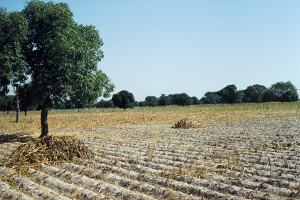
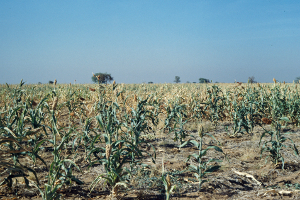

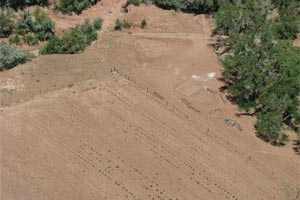
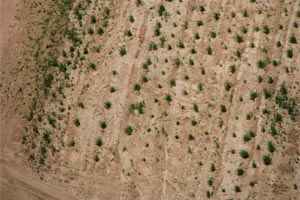
|

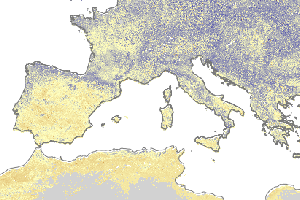
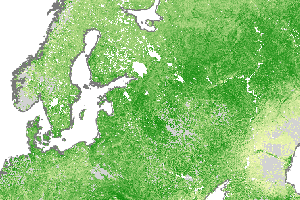


|
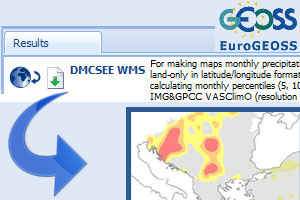

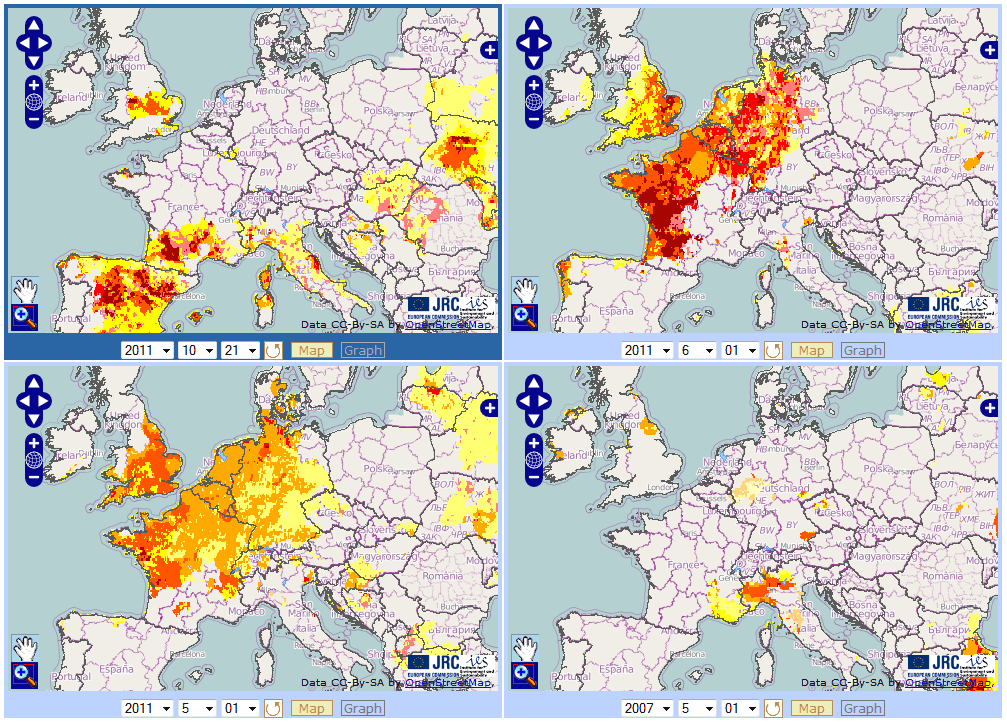
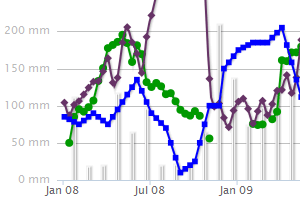
|
